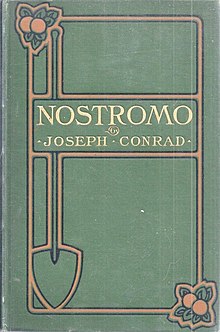
Joseph Conrad was a Polish-British novelist and short story writer. He is regarded as one of the greatest writers in the English language; though he did not speak English fluently until his twenties, he came to be regarded a master prose stylist who brought a non-English sensibility into English literature. He wrote novels and stories, many in nautical settings, that depict crises of human individuality in the midst of what he saw as an indifferent, inscrutable and amoral world.
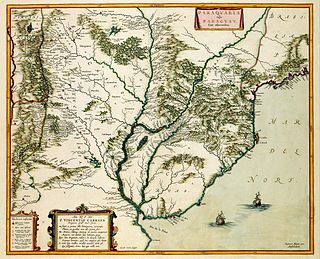
The history of Paraguay encompasses thousands of years of human habitation. Both agricultural and nomadic Guaycuruan lived in the region at the time of the Spanish Conquest. It became a relatively neglected part of the Spanish Empire due to its isolation and lack of mineral wealth, nonetheless a small group of Spanish settlers came to reside in the area, increasingly intermarrying with native women to produce a mestizo population. In the 17th and 18th centuries, Jesuit missionaries organized the natives into planned communities known as reducciones, and the experiment gained notable attention in Enlightenment Era Europe.
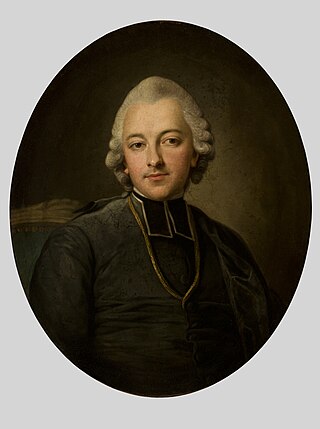
Political fiction employs narrative to comment on political events, systems and theories. Works of political fiction, such as political novels, often "directly criticize an existing society or present an alternative, even fantastic, reality". The political novel overlaps with the social novel, proletarian novel, and social science fiction.
Ian Watt was a literary critic, literary historian and professor of English at Stanford University.
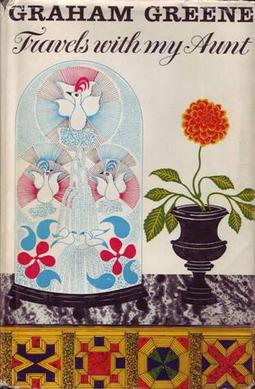
Travels with My Aunt (1969) is a novel written by English author Graham Greene.

Robert Bontine Cunninghame Graham was a Scottish politician, writer, journalist and adventurer. He was a Liberal Party Member of Parliament (MP); the first ever socialist member of the Parliament of the United Kingdom; a founder, and the first president, of the Scottish Labour Party; a founder of the National Party of Scotland in 1928; and the first president of the Scottish National Party in 1934.

A caudillo is a type of personalist leader wielding military and political power. There is no precise English translation of caudillo, though it is often used interchangeably with "warlord" and "strongman". The term is historically associated with Spain, and with Hispanic America after virtually all of the region won independence in the early nineteenth century.

Augusto Roa Bastos was a Paraguayan novelist and short story writer. As a teenager he fought in the Chaco War between Paraguay and Bolivia, and he later worked as a journalist, screenwriter and professor. He is best known for his complex novel Yo el Supremo and for winning the Premio Miguel de Cervantes in 1989, Spanish literature's most prestigious prize. Yo el Supremo explores the dictations and inner thoughts of José Gaspar Rodríguez de Francia, the eccentric dictator of Paraguay who ruled with an iron fist, from 1814 until his death in 1840.

Juan Bautista Gill García was President of Paraguay from November 25, 1874 to April 12, 1877 and the only Paraguayan President to be assassinated while in office.

The Huexotzinco Codex or Huejotzingo Codex is a colonial-era Nahua pictorial manuscript, one of the group of manuscripts collectively known as Aztec codices. It is an eight-sheet document on amatl, a pre-European paper made in Mesoamerica,and consists of part of the testimony in a legal case against members of the First Audiencia in Mexico, particularly its president, Nuño de Guzmán, ten years after the Spanish conquest in 1521.
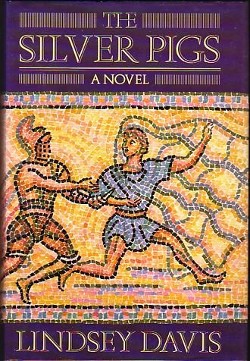
The Silver Pigs is a 1989 historical mystery crime novel by Lindsey Davis and the first book in the Marcus Didius Falco Mysteries series. Set in Rome and Britannia during AD 70, just after the year of the four emperors, the novel stars Marcus Didius Falco, informer and imperial agent. The book's title refers to 200-pound lead ingots "pigs" filled with silver ore and stolen from Roman Britain, which feature prominently in the plot.

Up the Sandbox is a 1972 American comedy-drama film directed by Irvin Kershner, with a screenplay by Paul Zindel, based on the novel of the same name by Anne Roiphe. The film stars Barbra Streisand as a young wife and mother in Manhattan, who slips into increasingly bizarre fantasies to escape the predicament of her pregnancy. The film's supporting cast includes David Selby, Paul Benedict, George S. Irving, Conrad Bain, Isabel Sanford, Lois Smith, Jacobo Morales as a character who closely resembles Fidel Castro, and Stockard Channing in her film debut.

The dictator novel is a genre of Latin American literature that challenges the role of the dictator in Latin American society. The theme of caudillismo—the régime of a charismatic caudillo, a political strongman—is addressed by examining the relationships between power, dictatorship, and writing. Moreover, a dictator novel often is an allegory for the role of the writer in a Latin American society. Although mostly associated with the Latin American Boom of the 1960s and 1970s, the dictator-novel genre has its roots in the nineteenth-century non-fiction work Facundo (1845), by Domingo Faustino Sarmiento.
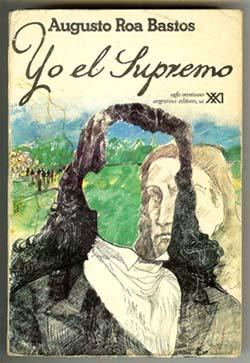
I the Supreme is a historical novel written by exiled Paraguayan author Augusto Roa Bastos. It is a fictionalized account of the nineteenth-century Paraguayan dictator José Gaspar Rodríguez de Francia, who was also known as "Dr. Francia." The book's title derives from the fact that Francia referred to himself as "El Supremo" or "the Supreme." The first in a long line of dictators, the Supreme was a severe, calculating despot. The central themes of the novel are power and language and the relation between the two. The Supreme believes himself to be above all power and history: "I don't write history. I make it. I can remake it as I please, adjusting, stressing, enriching its meaning and truth." Yet this assertion is constantly challenged by the very fact that while he achieves power by means of writing and dictating, these very same methods can be used by others to dispute his authority. Not even his own identity, represented by the personal pronoun I, is safe and can easily be usurped as is demonstrated by the incident of the pasquinade. Language, as powerful as it is, can never be controlled and can just as easily be used as an instrument of coercion as an instrument of resistance.
Mga Ibong Mandaragit or Mga Ibong Mandaragit: Nobelang Sosyo-Politikal is a novel written by the Filipino writer and social activist, Amado V. Hernandez in 1969. Mga Ibong Mandaragit, hailed as Hernandez's masterpiece, focuses on the neocolonial dependency and revolt in the Philippines. The novel reflects Hernandez's experience as a guerrilla intelligence officer when the Philippines was under Japanese occupation from 1942 to 1945.

Nostromo is a 1997 British-Italian television drama series directed by Alastair Reid and produced by Fernando Ghia of Pixit Productions, a co-production with Radiotelevisione Italiana, Televisión Española, and WGBH Boston. The music is composed by Ennio Morricone. It stars Claudio Amendola, Paul Brooke, Lothaire Bluteau, Claudia Cardinale, Colin Firth and Albert Finney. It is described as "an adaptation of Joseph Conrad's epic story Nostromo of political upheaval, greed and romance in turn-of-the-20th-century South America."

"The Three Caballeros Ride Again" is a 2000 Donald Duck comic by Don Rosa.

Juan Gabriel Vásquez is a Colombian writer, journalist and translator. He has written many novels, short stories, literary essays, and numerous articles of political commentary.

The Silver Treasure is a 1926 American silent action drama film directed by Rowland V. Lee and starring George O'Brien. It is based on the 1904 novel Nostromo by Joseph Conrad. It was produced and distributed by the Fox Film Corporation.

The sacking of Asunción was the occupation of the Paraguayan capital carried out as of January 1, 1869 by Brazilian forces in the Triple Alliance led by General João de Souza da Fonseca Costa. Asunción was deserted, evacuated by all its inhabitants two days before. On January 5, Luís Alves de Lima e Silva, then Marquis of Caxias, entered the city with the rest of the army. Most of Caxias' army settled in Asunción, where also 4,000 Argentine and 200 Uruguayan troops soon arrived together with about 800 soldiers and officers of the Paraguayan Legion. By this time Caxias was ill and weary of the war. On January 17 he fainted during a mass, relinquished his command on the 18th and left for Montevideo on the 19th.
